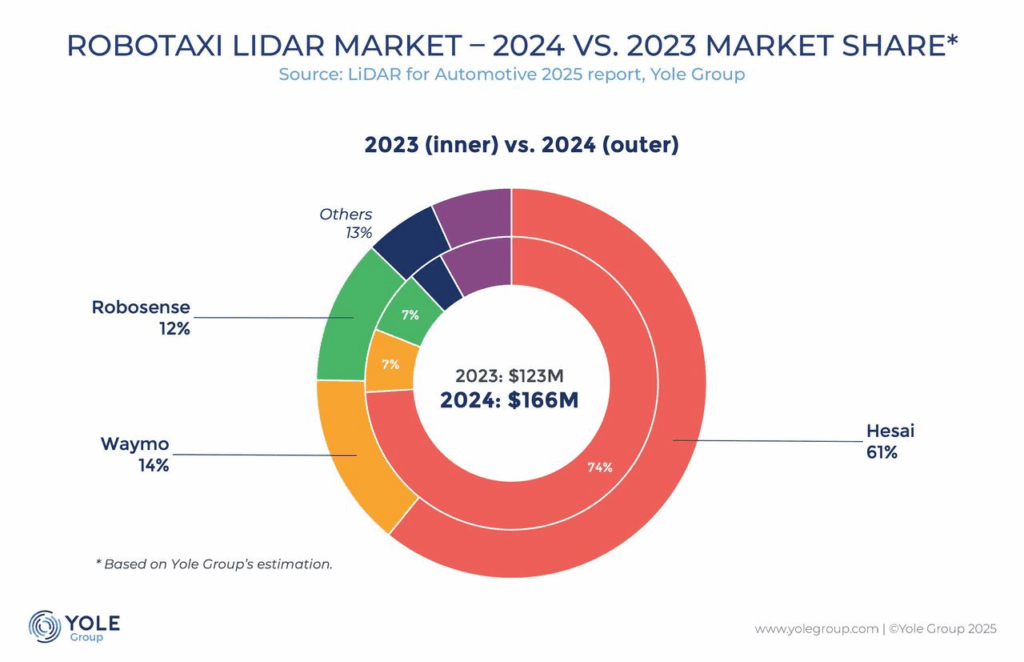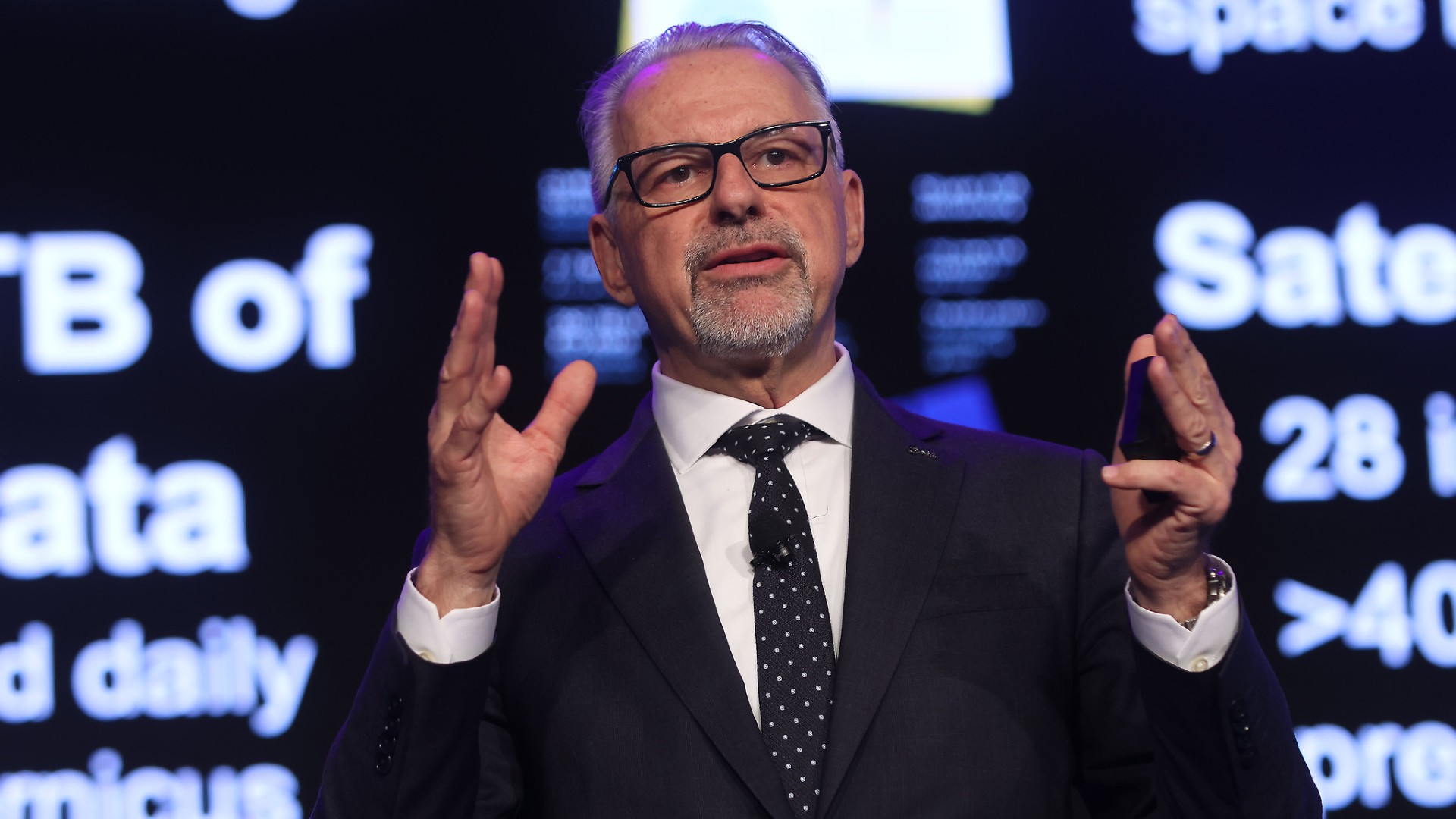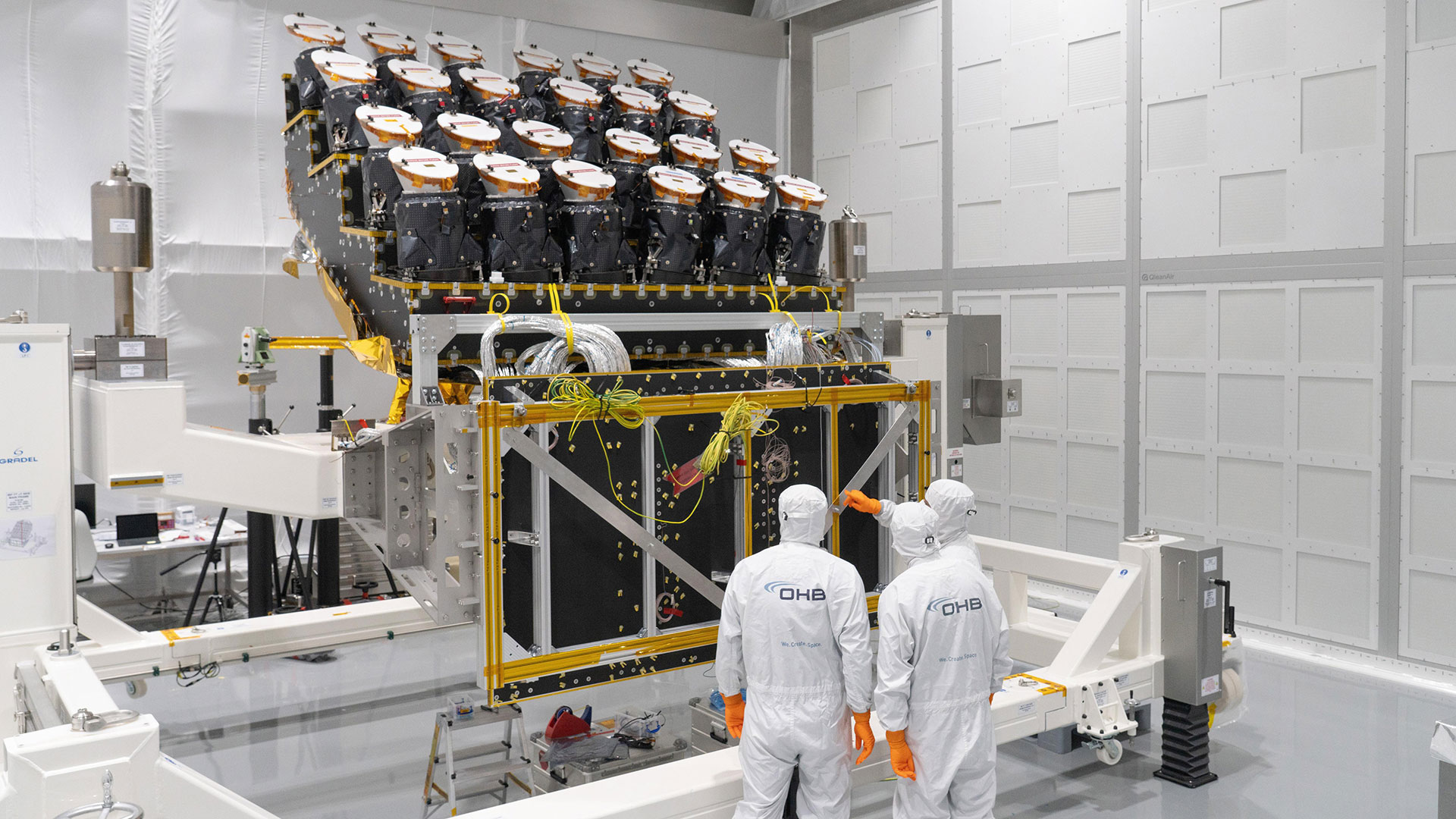From Infra to Platform: A Day in the Life of a DevOps Team Building Developer Tools
Today marked a shift in our DevOps journey — from managing infrastructure to building a platform that empowers developers to move faster and smarter. The Meeting That Sparked a Platform Vision Our team, traditionally focused on infrastructure management for one of our core applications, had a productive meeting with our Solutions Architect — who also leads the development team behind another application. The goal? To brainstorm how we can optimized dev operational processes that will make life easier for our internal developers through automation. The Problem: Repetitive Tasks Slowing Down Developers Developers often perform repetitive infrastructure-related tasks like database refreshes. These actions, while simple, are time-consuming and error-prone when done manually. The idea was simple but powerful: a one-click web interface (an api) that allows developers to trigger these tasks securely and reliably. The Vision: A Self-Service Platform Tool We envisioned a Single Page Application (SPA) where users authenticate via Azure AD, then access buttons linked to backend APIs that trigger specific tasks. Think of it as a developer control panel — a self-service tool that abstracts the complexity of infrastructure operations. Architecture Talk: From Frontend to Infra The conversation quickly shifted toward how we’d architect and build this platform. Some of the key topics we discussed included: Authentication: Azure Active Directory (OAuth2) for SSO and secure access. Frontend: Possibly React, due to its community support and simplicity with SPAs. Backend: Python or TypeScript for the API layer — both have pros and cons, and we’re weighing based on team familiarity and ecosystem. Infrastructure as Code (IaC): CDK vs. SST — should we go full AWS-native with CDK, or use SST for a more streamlined developer experience? CI/CD Pipeline: How to build and deploy the platform efficiently — integrating testing, linting, and deployment workflows. Repository Strategy: Monorepo vs. multi-repo — placing frontend, backend, and infra code all in one place for cohesion or splitting them for separation of concerns. Testing: Not just the API, but also integration with cloud components and edge cases that could arise in automation. DevOps Wearing a Dev Hat As infrastructure folks, it felt a bit like we were crossing into developer territory — but in reality, we’re just evolving. This isn’t traditional app development; it's platform engineering — building tools and experiences for developers to accelerate their workflow, all while maintaining security and reliability. What’s Next We’re still in the planning phase, but the momentum is real. This platform could become a cornerstone of how our organization builds and delivers software. It's DevOps at its finest: merging development practices with operational expertise to create something truly impactful.

Today marked a shift in our DevOps journey — from managing infrastructure to building a platform that empowers developers to move faster and smarter.
The Meeting That Sparked a Platform Vision
Our team, traditionally focused on infrastructure management for one of our core applications, had a productive meeting with our Solutions Architect — who also leads the development team behind another application.
The goal? To brainstorm how we can optimized dev operational processes that will make life easier for our internal developers through automation.
The Problem: Repetitive Tasks Slowing Down Developers
Developers often perform repetitive infrastructure-related tasks like database refreshes. These actions, while simple, are time-consuming and error-prone when done manually. The idea was simple but powerful: a one-click web interface (an api) that allows developers to trigger these tasks securely and reliably.
The Vision: A Self-Service Platform Tool
We envisioned a Single Page Application (SPA) where users authenticate via Azure AD, then access buttons linked to backend APIs that trigger specific tasks. Think of it as a developer control panel — a self-service tool that abstracts the complexity of infrastructure operations.
Architecture Talk: From Frontend to Infra
The conversation quickly shifted toward how we’d architect and build this platform. Some of the key topics we discussed included:
Authentication: Azure Active Directory (OAuth2) for SSO and secure access.
Frontend: Possibly React, due to its community support and simplicity with SPAs.
Backend: Python or TypeScript for the API layer — both have pros and cons, and we’re weighing based on team familiarity and ecosystem.
Infrastructure as Code (IaC): CDK vs. SST — should we go full AWS-native with CDK, or use SST for a more streamlined developer experience?
CI/CD Pipeline: How to build and deploy the platform efficiently — integrating testing, linting, and deployment workflows.
Repository Strategy: Monorepo vs. multi-repo — placing frontend, backend, and infra code all in one place for cohesion or splitting them for separation of concerns.
Testing: Not just the API, but also integration with cloud components and edge cases that could arise in automation.
DevOps Wearing a Dev Hat
As infrastructure folks, it felt a bit like we were crossing into developer territory — but in reality, we’re just evolving. This isn’t traditional app development; it's platform engineering — building tools and experiences for developers to accelerate their workflow, all while maintaining security and reliability.
What’s Next
We’re still in the planning phase, but the momentum is real. This platform could become a cornerstone of how our organization builds and delivers software. It's DevOps at its finest: merging development practices with operational expertise to create something truly impactful.

















_Sergey_Tarasov_Alamy.jpg?width=1280&auto=webp&quality=80&disable=upscale#)






















































